Boston Children's Museum
308 Congress Street, Boston, MA 02210
617-426-6500
© Boston Children’s Museum 2025
Website Design by Jackrabbit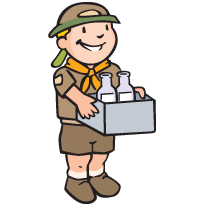
Much of the food we eat started out as something else. Bread comes from wheat, ketchup comes from tomatoes and cheese and butter come from milk. The process by which these foods are created is often a mystery to children, and by experimenting with making their own versions of these foods, they can begin to understand and have a greater appreciation for the fuel they are putting into their bodies.
VIEW ACTIVITY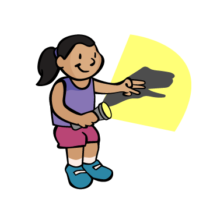
As children discover how to express themselves through art, they should learn how to use a variety of materials and media such as crayons, chalk, paint, clay, various kinds of papers, textiles, yarns, etc. It is important for them to also understand how to use these materials to produce different visual effects. Shadow puppets offer children an opportunity to not only develop this knowledge, but also to create artwork in a variety of 2-dimensional and 3-dimensional media, to use appropriate vocabulary related to methods, materials and techniques, and to take care of materials and tools and to use them safely.
VIEW ACTIVITY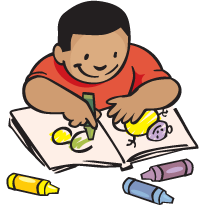
So much of discovery relies on observation skills. By giving students an opportunity to really look at the world around them and the experiences they have, you give them the chance to develop and grow into good observers.
VIEW ACTIVITY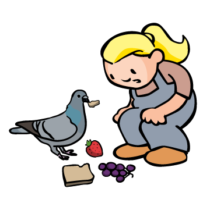
This simple activity introduces children to basic experiment design, recording, observation, animal behavior and some basic math skills like counting, addition and graphing results.
VIEW ACTIVITY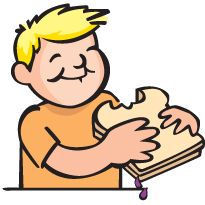
Giving clear, concise instructions to others is an important skill for children to learn. In this game, students will practice using descriptive vocabulary, communicating ideas to others, recognizing steps in a process and recognizing the importance of the use of clear language.
VIEW ACTIVITY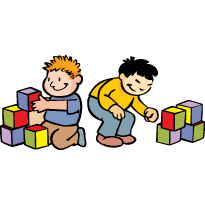
Giving clear, concise instructions to others is a critical skill for children to learn. In this game, students will be asked to identify objects using descriptive vocabulary, to differentiate between the characteristics of different objects, to listen, estimate, communicate, problem solve and observe.
VIEW ACTIVITY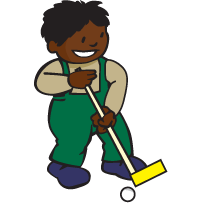
Design engineering is a great way to teach kids problem solving, teamwork, materials and tool use, and the design process in general. In this activity, your students will also investigate angles, trial and error, and will use their math skills as they keep score of their golf round.
VIEW ACTIVITY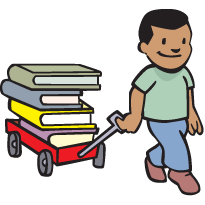
Collaborative writing is a process that requires a set of skills above and beyond those used in writing individually. Students need to have an understanding of their own ideas so that they can present them to their peers; they must read and comprehend other children’s writing, understanding how everyone’s piece fits into the larger project; and they must review and revise their writing to create a cohesive final book.
VIEW ACTIVITY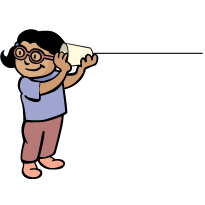
Engineering challenges like this one help children develop problem solving, observation and teamwork skills and much more. In this challenge, your students will learn about properties of different materials and the transmission of sound as they work to develop a multi-line phone system with simple materials.
VIEW ACTIVITY
Engineering challenges like this one help children develop problem solving, observation and teamwork skills and much more. In this challenge, your students will learn about properties of different materials and the transmission of sound as they work to design working “telephones” using simple materials.
VIEW ACTIVITY